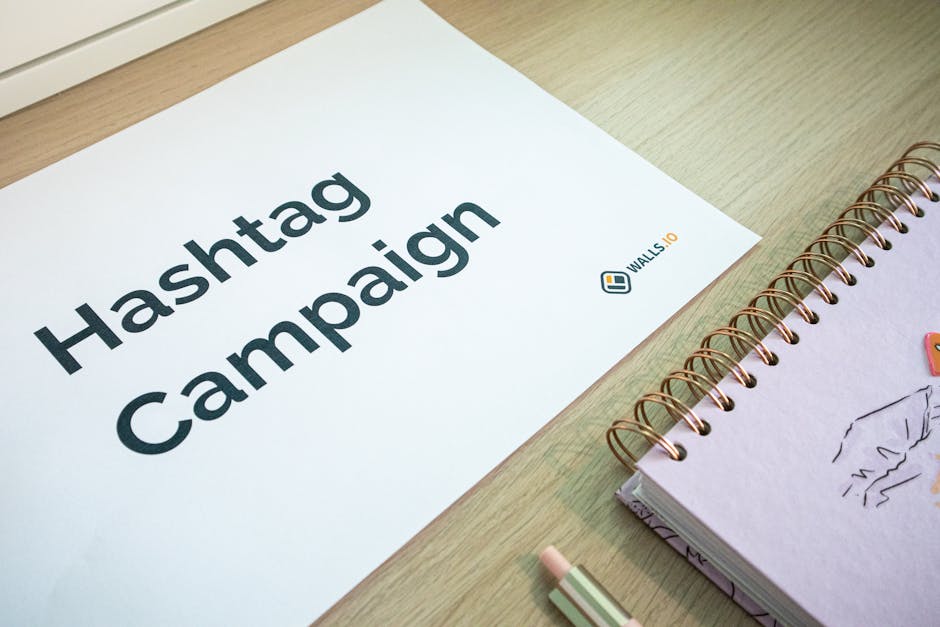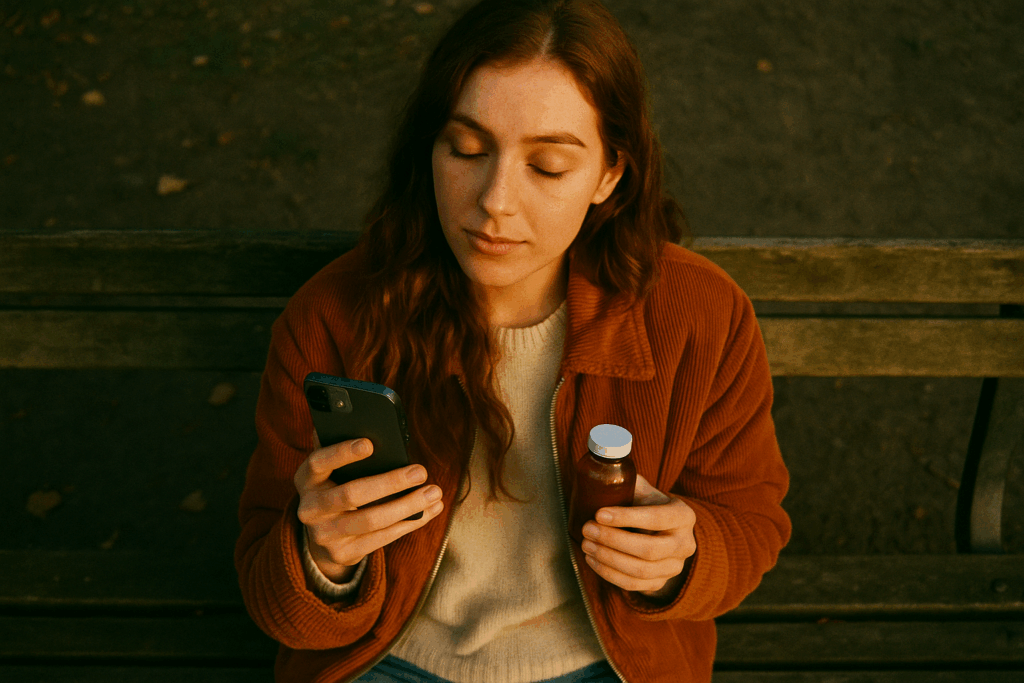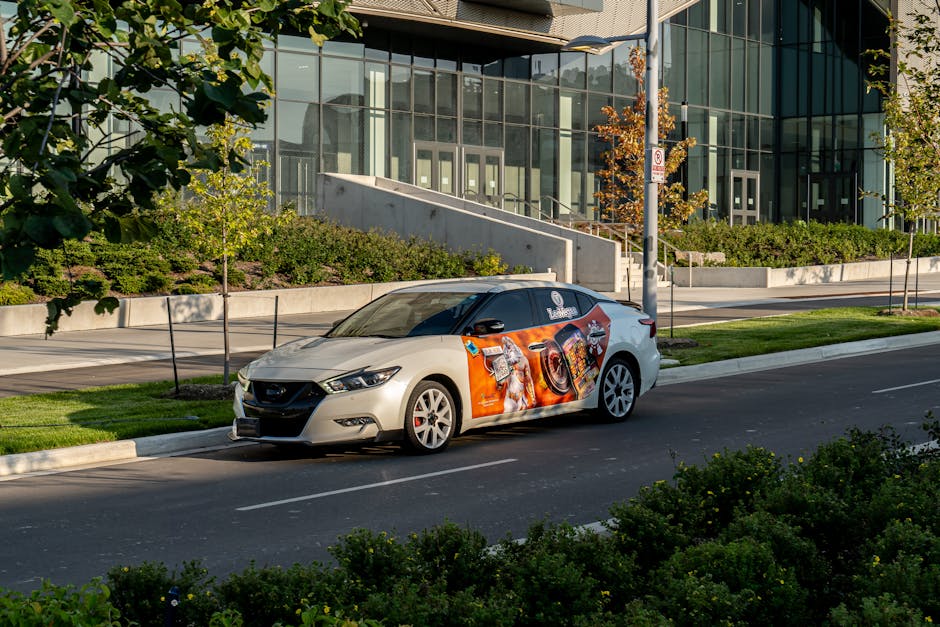Why Some Campaigns Stand the Test of Time
Not every marketing campaign earns a spot in the history books. Plenty get attention for a week and vanish. The legendary ones—those rare few that stay lodged in culture—crack a different formula.
It starts with timing. Great campaigns land when the world is ready to hear them. The product fits a moment, the message hits a nerve, and culture is already leaning in. Add emotion—authentic and raw—and you’ve got attention that sticks. Emotional clarity connects faster than data ever will.
Then comes story. Not just any story, but one that means something. Whether it’s a rebel narrative like Apple’s “1984” or a heartfelt shift like Dove’s “Real Beauty,” the story defines the soul of the campaign. And it has to be told boldly. Me-too thinking gets lost fast. The campaigns that stand out usually took a risk. Sometimes it was humor. Sometimes controversy. But always decisiveness.
The last ingredient that sets legends apart? Historical context. The best marketers know where they’re standing in the timeline. They don’t just pitch a product—they respond to the culture, challenge a norm, or speak to something larger than sales. That’s what lifts a strong campaign into legend status: it leaves a mark beyond the brand.
Campaign 1: Apple’s “1984”
During the 1984 Super Bowl, Apple didn’t just launch a computer—they detonated a cultural moment. The ad, titled simply “1984,” introduced the Macintosh with a dystopian allegory that flipped the script on typical tech advertising. Directed by Ridley Scott and aired only once during the big game, the cinematic spot showed a hammer-throwing rebel smashing conformity—an obvious jab at IBM. It didn’t show the product. It didn’t explain specs. It made a statement.
The power of the ad wasn’t in selling features—it was in framing Apple as something bigger: a force for creativity, individuality, and rebellion against the status quo. The production felt like Hollywood. The message felt dangerous. It hit at the right moment in tech history, when the personal computer was about to cross from niche to necessity.
The legacy of “1984” is still felt today. It shattered expectations around what a Super Bowl commercial could be and set a new standard for how brands could tell stories. More importantly, it helped birth the myth of Apple—more than a company, a movement. After that, tech ads weren’t just ads anymore—they were cinematic events with something to prove.
Campaign 2: Nike’s “Just Do It”
Three words. That’s all it took. “Just Do It” wasn’t just a slogan—it became a philosophy. Launched in 1988, Nike’s mantra didn’t shout about shoes or performance stats. It tapped straight into human motivation: face the fear, take the leap, no excuses. Simple, universal, and surprisingly personal.
But the real magic came in execution. Nike didn’t just slap the line on ads—they anchored it to people. Iconic athletes across generations became the messengers: Jordan, Serena, LeBron. Stories weren’t built around wins; they focused on grit, failure, comeback. The emotional through-line? Anyone could be an athlete, not just the elite. The ads didn’t preach, they moved you.
The result? A campaign that reshaped Nike from just a sportswear brand into a cultural force. “Just Do It” became a timeless refrain, tied as much to mindset as merchandise. Today, it still fuels Nike’s identity—global, emotional, instantly recognizable. Brands dream of that kind of longevity. Nike did it with three words and the guts to tell stories that mattered.
Campaign 3: Dove’s “Real Beauty”
When Dove launched its “Real Beauty” campaign in 2004, it didn’t just sell soap. It cracked open a cultural conversation. The brand stepped away from airbrushed perfection and leaned into something that, at the time, felt revolutionary: authenticity. Real women. Real bodies. Real stories.
The beauty industry had long pushed an aspirational narrative—flawless skin, impossible proportions, and the silent message that you’re not enough. Dove flipped that script. It didn’t just market a product; it introduced a new ideal—one that said beauty belongs to everyone, not just the genetically blessed or heavily filtered. The campaign took risks, and in doing so, challenged decades of programming.
This shift paid off. Consumers felt seen, not sold to. And that mattered.
“Real Beauty” moved the needle because it did more than stir emotions—it redefined trust. It forced an entire industry to re-examine its values. In a sea of gloss, Dove found clarity in honesty. And for that, both customers and marketers took notice.
Campaign 4: Old Spice’s “The Man Your Man Could Smell Like”
Old Spice didn’t just run an ad—they detonated a grenade in the tightly buttoned world of men’s grooming. The 2010 campaign kicked off with one perfectly bizarre yet charming monologue delivered directly to the camera: part shirtless confidence, part fever dream. It was absurd, sharp, endlessly quotable—and it hit like lightning.
The genius wasn’t just in Isaiah Mustafa’s stone-faced performance or the surreal scripting. It was in how the campaign leapt across platforms. After the initial spot went viral, the team launched a real-time response series. Mustafa answered fan questions on YouTube, Twitter, and Facebook—almost instantly—while staying in character. The production team churned out over 180 custom replies in just a couple of days. This wasn’t marketing. It was improv theater on the internet’s biggest stage.
As for the viral mechanics? It checked every box. Hyper-shareable content, a fresh tone, direct audience involvement, and a brand that let the weird flag fly. Instead of fitting into the market, Old Spice redrew the borders of what a brand’s voice could be. Sales soared. So did expectations for creative risk.
More than a decade later, it’s still the benchmark for brand reinvention through storytelling and style that refuses to take itself seriously.
Campaign 5: ALS Ice Bucket Challenge
Sometimes a campaign doesn’t come from a boardroom—it comes from people. The ALS Ice Bucket Challenge wasn’t scripted or polished, but it exploded because it was simple, participatory, and purpose-driven. Dump a bucket of ice water over your head, donate, and tag others to do the same. That structure baked virality into the DNA. No ad spend. No strategist pulling strings. Just a cause, a camera, and a call to action.
Users became the campaign. From high schoolers to celebrities to CEOs, everyone was in. That collective energy created momentum the old-fashioned way—through raw shares, not optimized algorithms. Back then, content didn’t have to hack engagement formulas. It just had to move people.
More than $115 million was raised for ALS in a matter of weeks. But maybe more impressively, the challenge showed the marketing world what user-generated content plus a social mission could do. When people feel like part of the story, they spread it.
For more on viral methodology: How These Brands Achieved Viral Success
Key Takeaways from Legendary Campaigns
Creativity isn’t a luxury—it’s the power source. If your campaign lacks a fresh angle, you’re not just blending in, you’re invisible. In every iconic case, there was an original spark, something that didn’t feel templated or overly polished. It felt alive.
But creativity alone isn’t the finish line. Emotional resonance—or in some cases, cultural tension—is what drives real traction. Whether it’s inspiration, outrage, pride, or discomfort, legendary campaigns make people feel something. The best ones tap into something already humming beneath the surface and amplify it.
Effective marketing also starts with a question: what problem are we solving? Not for us—for the audience. Great campaigns offer clarity, relief, identity, or entertainment. Sales come second. Trying to sell without serving sparks apathy at best, backlash at worst.
And finally, timing and platform context magnify impact. The same campaign dropped six months early or on the wrong channel might’ve flopped. The platforms matter. The timing matters. Combine a sharp creative idea with the right cultural pulse and placement, and you’ve got more than a campaign—you’ve got a movement.
What Modern Marketers Can Learn
The best campaigns aren’t blueprints—they’re case studies in mindset. Copy the structure or aesthetic and you’ll wind up with something safe at best, forgettable at worst. Instead, pin down the mentality behind each move: bravery, clarity, and a deep understanding of the moment. That’s where the real playbook lives.
Playing it safe won’t get you legendary status. Each campaign that broke through did so by stepping outside the comfort zone—sometimes way outside. Strategic risk isn’t about being loud for the sake of noise. It’s about calculated boldness: saying what others won’t, showing up where others don’t, and trusting your read of the culture.
All of this only works if the audience comes first. Chasing trends or trying to go viral without substance falls flat. Relevance doesn’t come from reach—it comes from resonance. Know your people and speak directly to them. Everything else is window dressing.
Final Word
The best campaigns do more than boost sales. They tap into something deeper—emotion, identity, time, place—and leave a cultural fingerprint. Apple sparked a new era of tech rebellion. Nike gave us a mindset. Dove started conversations no one else would. None of these were by accident. They were bold, timed right, and most importantly, human.
You don’t have to be a billion-dollar brand to make noise. What you need is clarity, courage, and a story worth telling. Whether you’re a solo marketer or steering a growing team, the formula holds: connect, disrupt, resonate.
History’s already written. Your job is to study the markers, then make something that matters now. Because legacy doesn’t wait.



